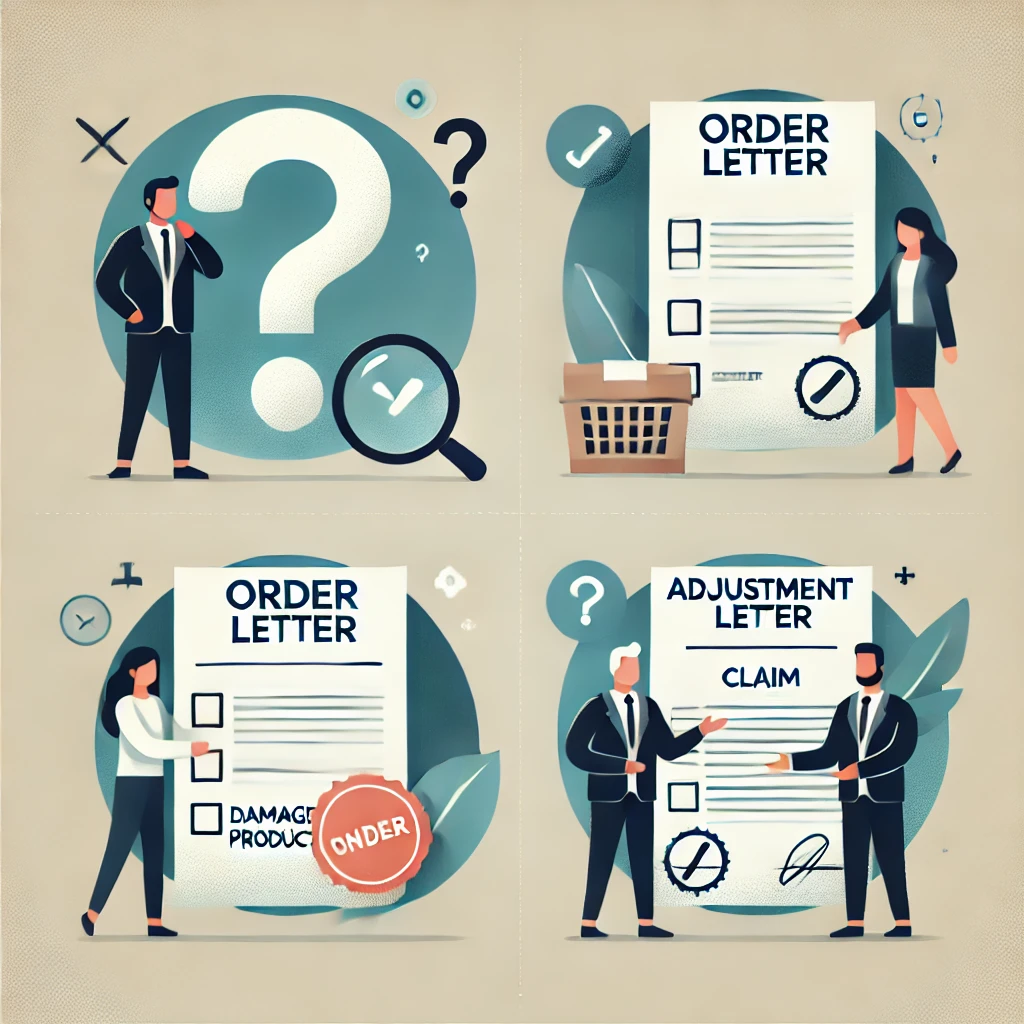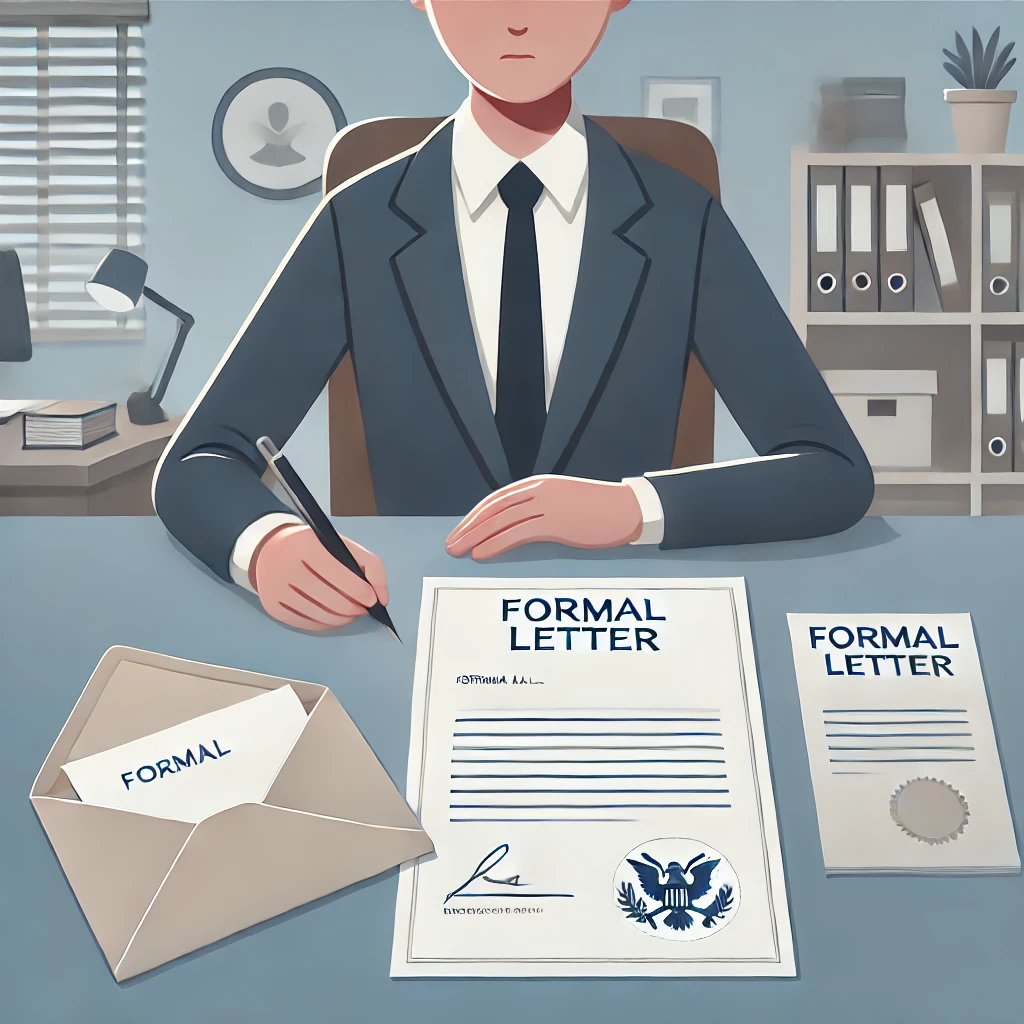1. Sender (Encoder)
The communication process begins with the sender, who formulates the message based on an idea, thought, or information. The sender must ensure clarity and appropriateness for the audience.

2. Message
The message is the core information, idea, or thought that the sender wants to convey. It can be verbal, written, or non-verbal.
3. Encoding
Encoding is the process of converting the message into a format that the receiver can understand. This can be done through words, symbols, gestures, or visuals.
4. Channel (Medium)
The channel is the medium used to transmit the message. It can be face-to-face communication, email, phone calls, social media, reports, or video conferencing.
5. Receiver (Decoder)
The receiver is the person or group who receives and interprets the message. Their understanding depends on their knowledge, experience, and context.
6. Decoding
Decoding is the process of interpreting the sender’s message. Effective decoding requires active listening, comprehension skills, and a clear context.
7. Feedback
Feedback is the receiver’s response to the message. It helps the sender understand whether the message was interpreted correctly and allows for clarification if needed.
8. Noise (Barrier)
Noise refers to any obstacle that disrupts communication, such as language barriers, technical issues, distractions, or misunderstandings. Minimizing noise ensures better communication.
9. Context
The communication process is influenced by the situation, environment, and cultural background of both the sender and receiver. Context determines the tone, formality, and effectiveness of communication.
Sender → Encoding → Message → Channel → Receiver → Decoding → Feedback ↑ ↓ Noise (Barrier) ——————————–→ ContextConclusion
Understanding and applying this communication model ensures effective interactions in both personal and business settings. By minimizing barriers and enhancing clarity, professionals can improve workplace communication and productivity.




